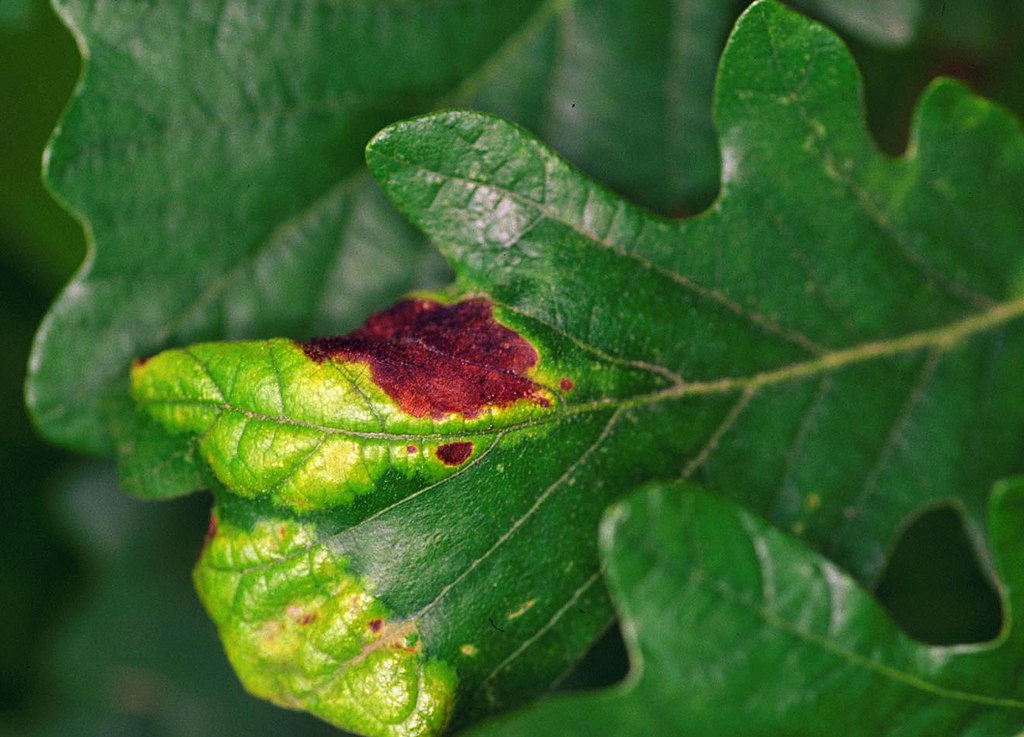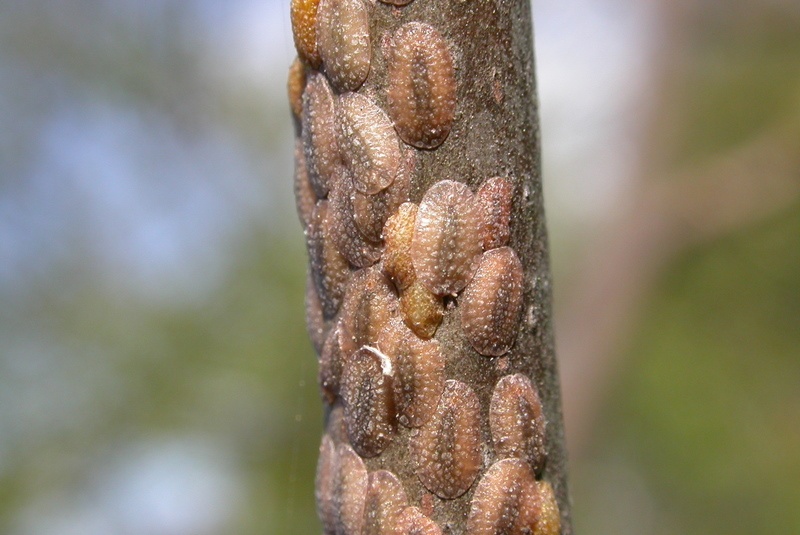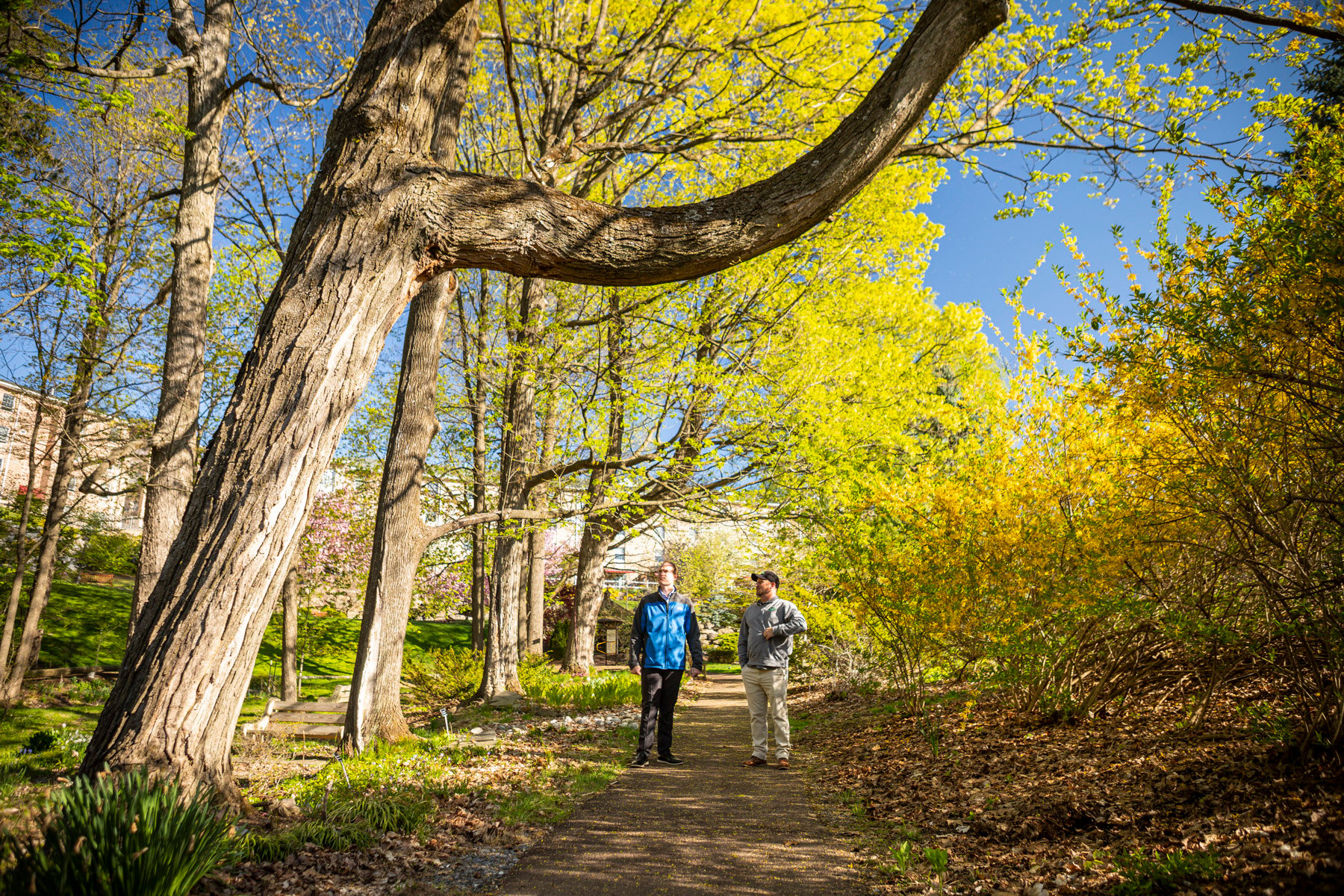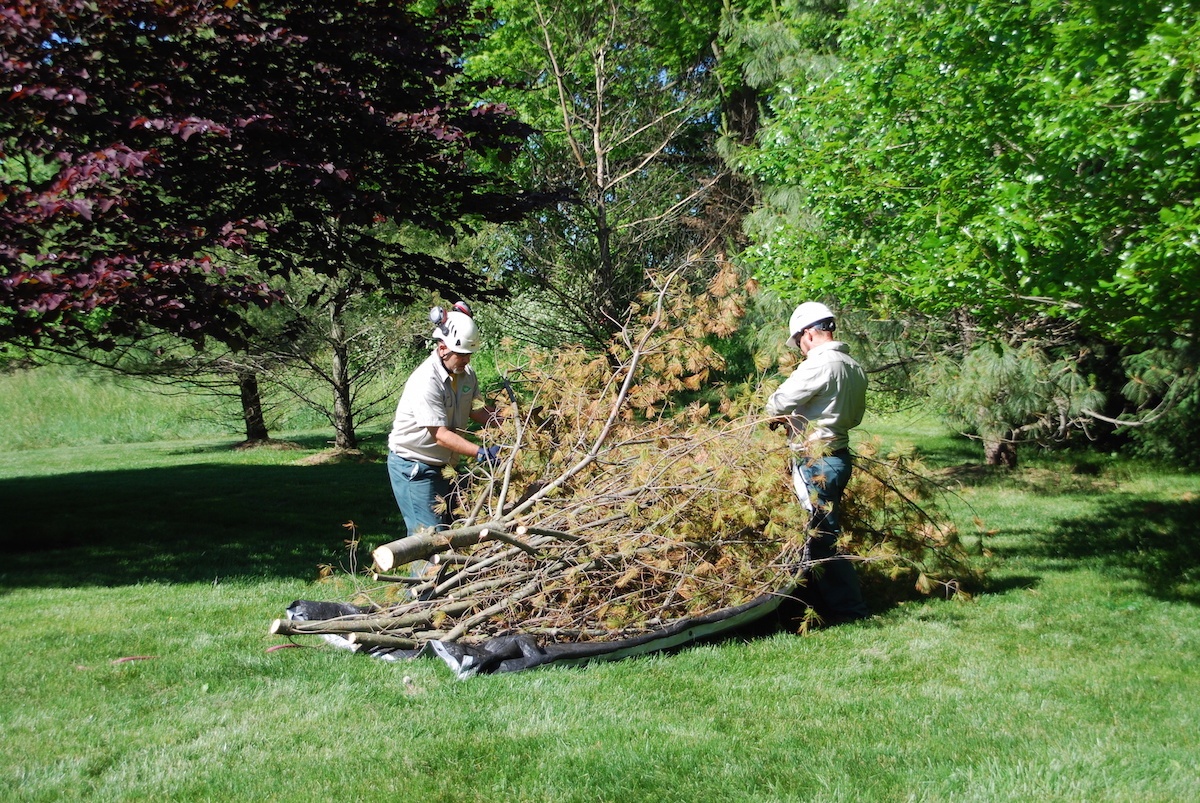It’s not uncommon for people to believe that rain provides enough water for their trees at their home. But trees will suffer during periods of no rain and while some drought-stressed trees may bounce back, there can be a point of no return for others
The last thing that you want is to lose a tree to drought stress when problems could have been prevented. After all, trees are a valuable part of our landscapes. They provide beauty and shade—and for a lot of homeowners, they hold quite a bit of sentimental value.
But drought-stressed trees can become sickly looking, cause problems, and potentially even become hazards.
That’s why we’re talking about ways that you can potentially prevent drought stress in the first place (with proper watering) or at least identify when your trees are struggling.
Understanding some of these important facts will help protect your trees from drought stress.
Watering Trees in Drought
Understanding how to properly water can help prevent drought stress for trees.
When homeowners have smaller, ornamental trees that they can reach the top of, they may be inclined to water from overhead. But you actually want to avoid getting the foliage wet as this can promote disease.
Leaf spot diseases, for instance, can thrive in wet conditions.

The other problem when watering from overhead is that a lot of the water may never even make it to the tree’s root system. You need to make sure that’s where you’re watering.
The best way to water trees is with a soaker hose which will allow water to slowly ooze out of its entire length.
Watering slowly and steadily works particularly well for clay soil. Clay soil does a good job of holding water once it’s absorbed. Allow the soaker hose to run somewhere between two to four hours. Once or twice a week should be sufficient.
Ideally, you want to water in the early morning or the evening so that you avoid losing water to mid-day evaporation.
Recognize the Signs of Drought-Stressed Trees
When it comes to your trees’ health, it’s important that you’re paying attention to potential signs that they may be struggling. If you’re not paying close attention, the problem will only get more serious and could reach a point of no return.
Some potential signs that a tree is drought-stressed include the leaves curling, wilting and completely drying out; leaves or needles (on an evergreen) yellowing; overall stunted growth; and premature leaf drop.
Although these symptoms can sometimes be signs of other tree problems, if your landscape has gone without rain for a few weeks and the temperatures are high, then you’ll likely know that your tree is struggling from a lack of water and that you need to step in.
Even better, before waiting for signs of a problem, when you know that there is going to be a period of drought, take the proactive step to preventatively water your trees.
With something as valuable as a tree, it’s always best to prevent problems rather than scramble to fix them.
Trees Can Go Dormant in Drought
You might also be wondering, do trees go dormant in a drought? Are these symptoms signs of dormancy? Yes, some trees do go dormant in drought. For instance, a deciduous tree will go dormant.
Premature dormancy is not ideal for a tree’s health. As they go into dormancy and drop leaves (and sometimes also go through fall color changes, though not as bright as you’d see in the fall), they also lose their ability to produce food. After all, the purpose of the leaves is to produce food for the tree through the process of photosynthesis.
While dormancy is a natural cycle for trees in the winter, it’s not something that you want to happen early, in seasons when your trees should be thriving.
Drought-Stressed Trees are Prone to Insect and Mite Damage
In addition to some of the symptoms that we mentioned you might see as a result of drought stress, it’s also important to mention that drought-stressed trees are more likely to see an increase in insect activity.
This is because when trees are stressed, they release a chemical that attracts these types of opportunistic insects.

What’s concerning is that sometimes these are piercing insects which use their sharp and sucking mouthpieces to literally suck plant fluid from the tree. As they extract even more fluid from the already fluid-deprived tree, its health can really begin to go downhill fast.
However, wood boring insects also take advantage of drought-stressed trees. Their larvae feed on the internal parts of the tree trunks and the branches causing irreversible damage in their path.
Of course, simply watering a drought-stressed tree which is also dealing with an insect infestation will not be enough.
Once insects have begun to feed on your stressed tree, they’re not just going to disappear because you’re watering it. That means you’ll simultaneously need to have the insects treated to be controlled while also watering the tree to restore fluids.
How to Bring Back a Dying Tree
If you have one or more trees on your property that are drought-stressed, you might be wondering if they can be restored.
The answer to this is typically, “it depends.” Some trees will bounce back from drought stress while others may not. Evergreens are an example of a tree type that tends to be lost if it has suffered too much. This is because their ability to regenerate a whole new set of foliage (like deciduous trees can) is not there.
An evaluation by a professional is the smartest step in determining if your tree can be saved. Oftentimes, a drought-stressed tree may have more than one issue occurring at once. Just like insects are more prone to feed on a stressed tree, disease is more likely to ravage an already struggling tree.

A professional can help determine whether your tree is too far gone or whether it can be treated.
Even if leaf drop is occurring, you should not necessarily just give up on irrigating. There are other plant parts that need water internally and just giving up on your tree completely could make it worse. A professional could advise what’s best based on what they see in an evaluation.
One thing that we utilize at Joshua Tree is a beneficial fungus that we can incorporate at the root system to help trees better trap and hold moisture around its roots. This can help trees that typically struggle to become more drought tolerant. But this is not a cure. Some trees are simply too far gone to be recovered.
Dying or Dead Trees Need Safe Removal
It’s important to recognize that when a tree has reached a “point of no return,” that you need to have a realistic conversation with a professional about removal before it becomes a serious hazard.
The last thing that you’d want is for a dying or dead tree to start dropping limbs in your yard, or even worse, on a person or a structure. Do not put this off.

The fact is, if a tree becomes brittle it actually becomes a hazard even during removal. This is because it can literally fall apart during the removal process—and that can be serious.
A tree that has become brittle and is no longer safe for tree removal professionals to climb may require specialized equipment like a crane or a bucket truck. You’re now talking about added cost, too.
That means if you suspect you have a dead or dying tree on your property, it’s beneficial to get it evaluated and to discuss the best course of action as soon as possible.
Partnering with a Pro to Keep Your Trees Healthy
At Joshua Tree, we love trees. You might have guessed that from our name. We recognize and fully understand their value and for that reason, we’ll do everything that we can to help you save your trees.
But we also recognize that when trees become hazardous, it’s so important that they come down in a safe manner. Tree removal can be difficult and even dangerous—and brittle, drought-stressed trees increase that risk factor.
Whether you have some trees on your property that can be restored with some extra attention and care, or you have trees that need to be removed, we are here to meet your needs.
By choosing to work with a tree service that has significant experience, training, and skill (backed up with professional certifications) you can feel confident that you’ll be guided toward a wise decision about your trees. That should give you the peace of mind that your property is in good hands.
With the right care for your trees, you’ll gain valuable peace of mind. If you’re interested in having your trees inspected and their health assured, contact us for a free consultation or give us a call at 833-JTE-TREE.
Image sources: leaf spot tree disease, tree scale




